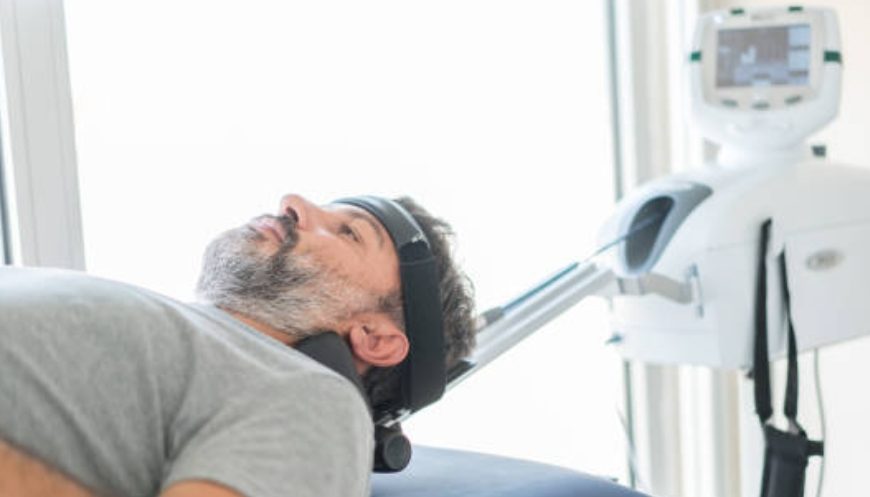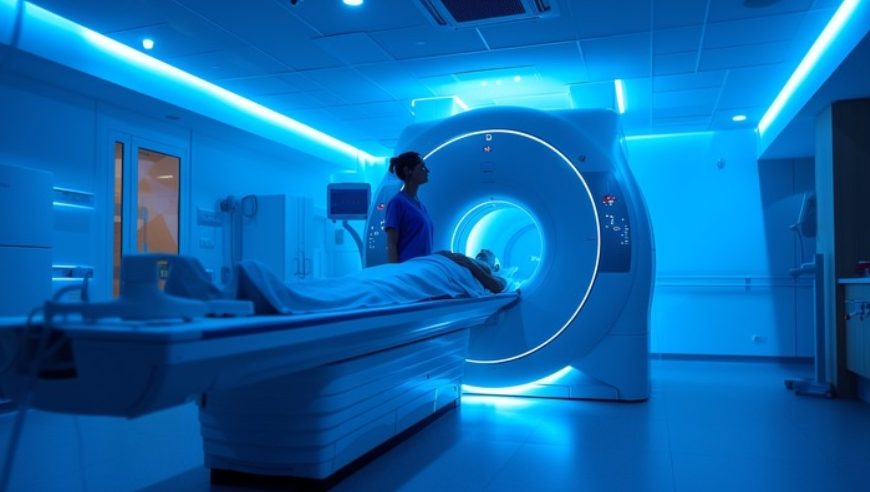
Spinal manipulation and mobilization in the right direction
Direction for Spinal Manipulation in Patients with Radiculopathies Determining the appropriate direction for spinal manipulation or mobilization in patients presenting with painful radiculopathies remains a common challenge for physiotherapists. Two clinical methods are widely recognized for addressing this challenge: direction-sensitive guided H-reflex testing, as described by Dr. Mohamed Sabahhi, and pre-manipulative testing, developed by Robin McKenzie. While both methods provide valuable clinical insights, the H-reflex-guided … Continue reading Spinal manipulation and mobilization in the right direction



